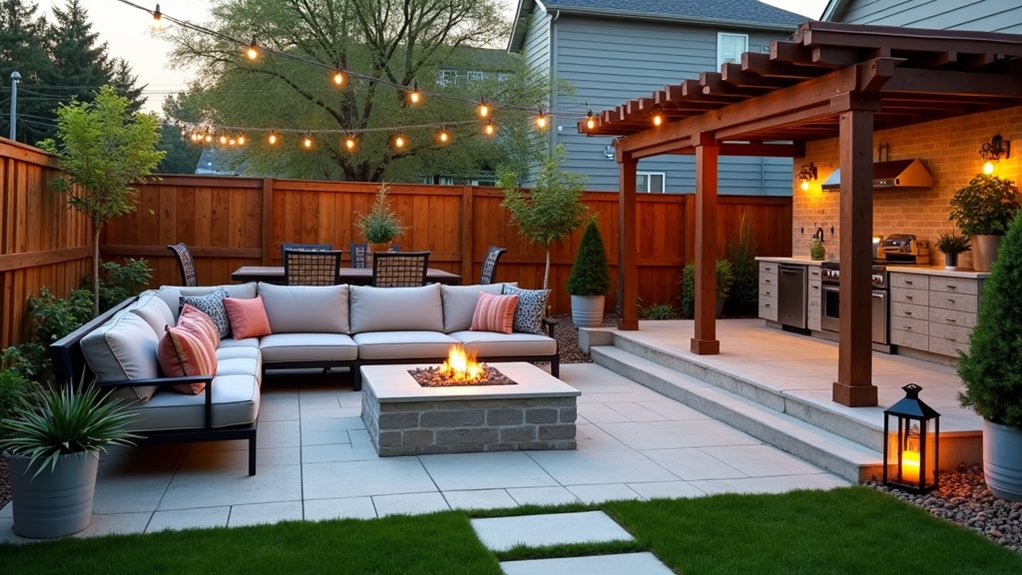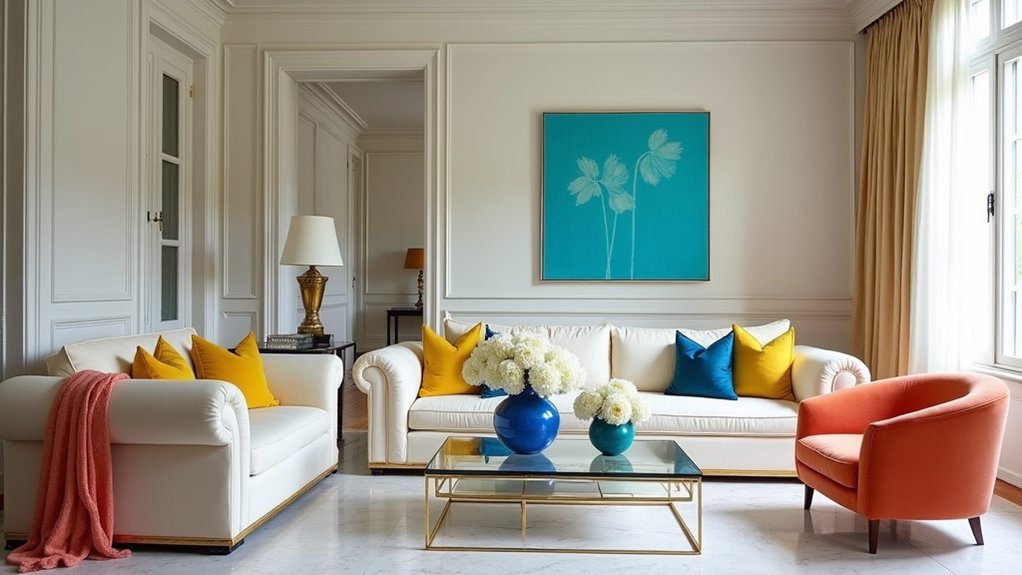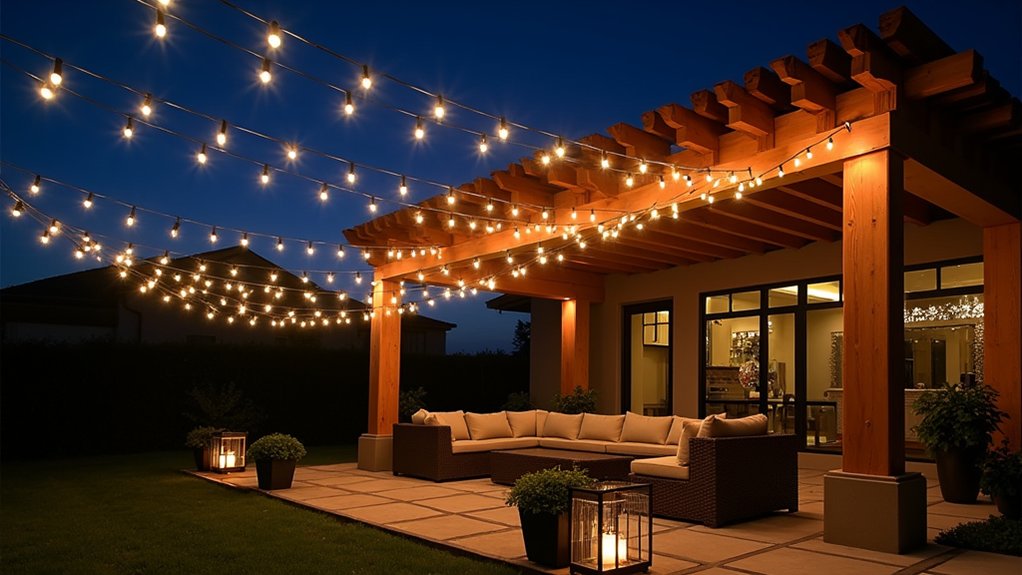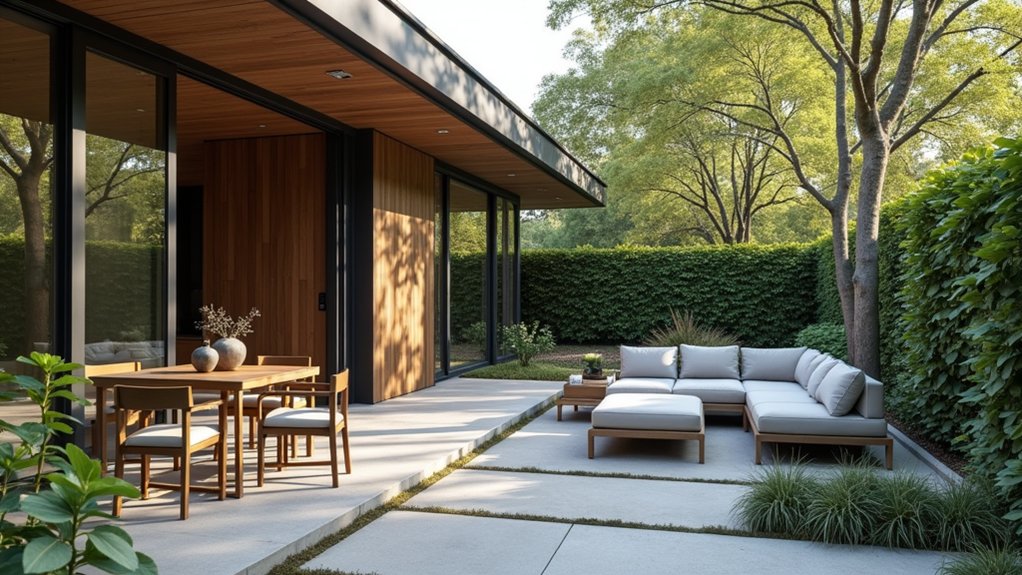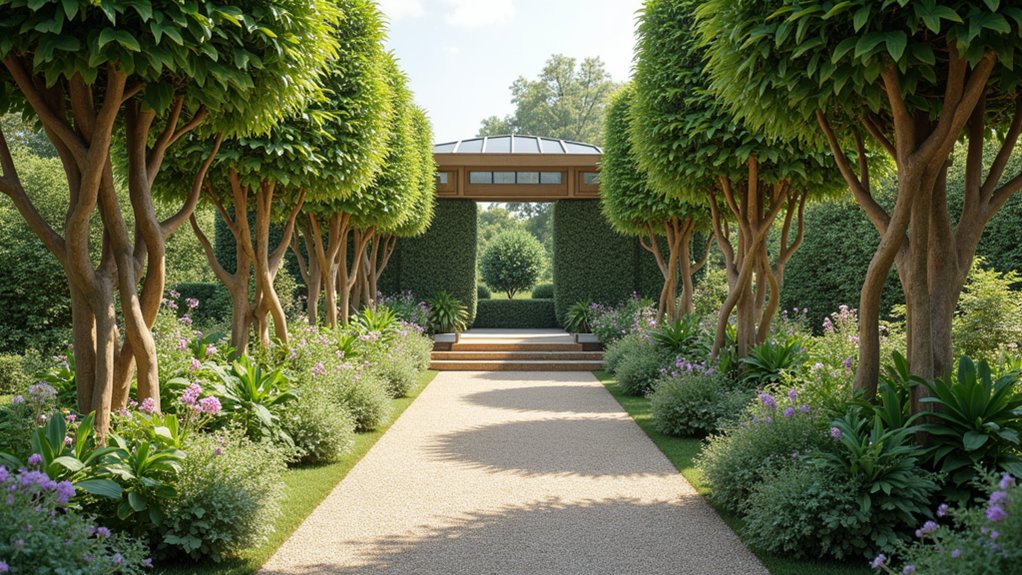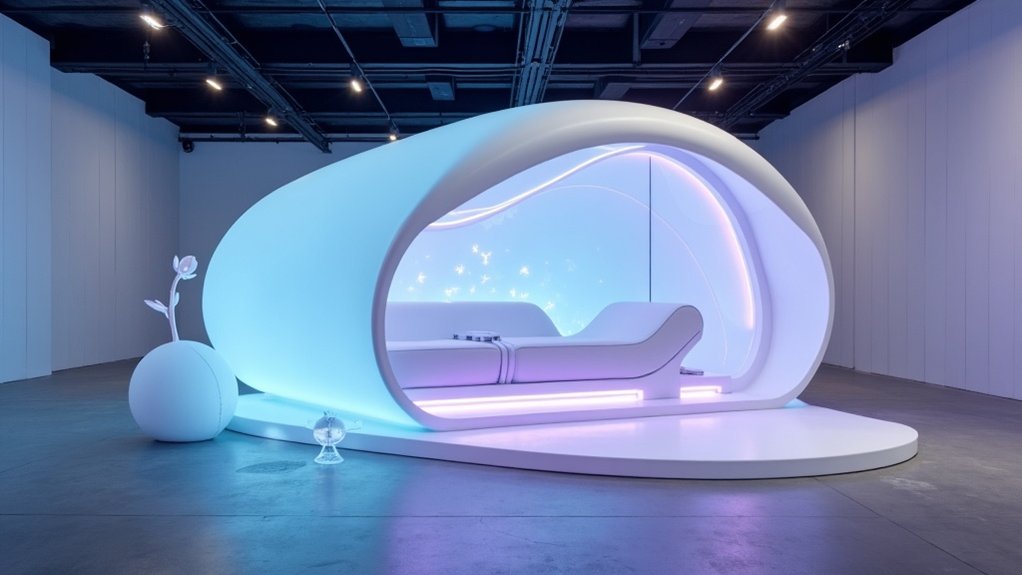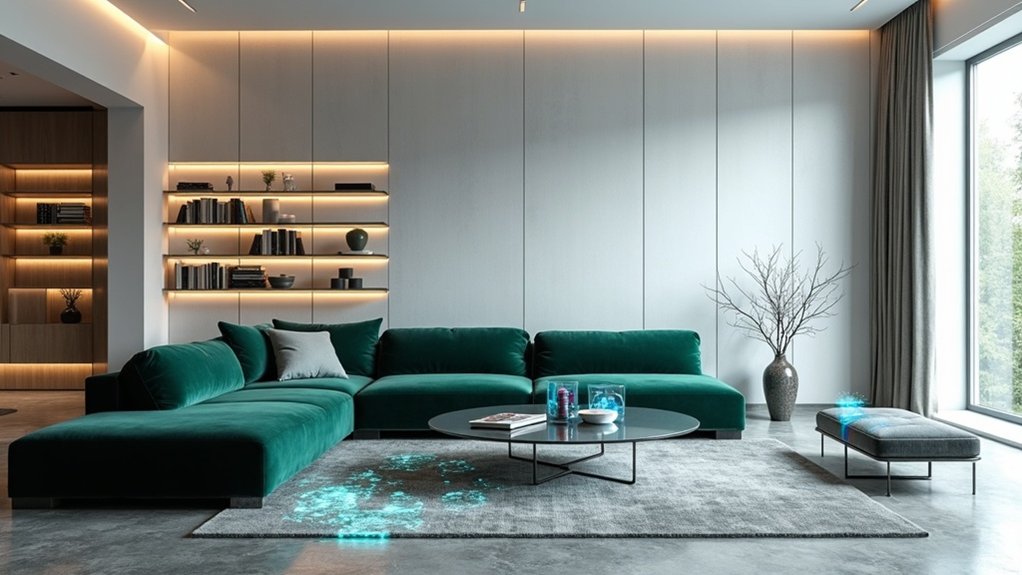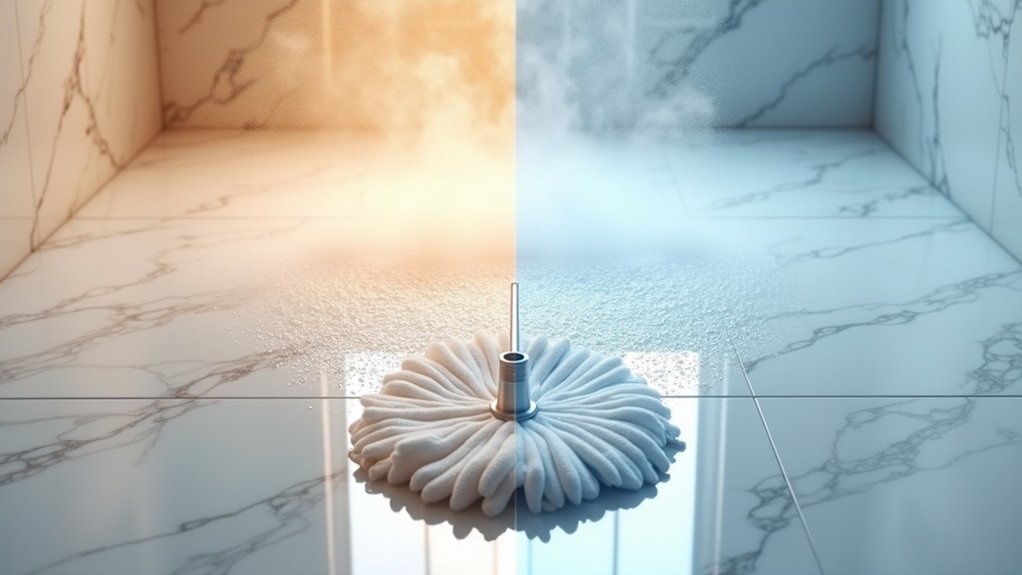As homeowners increasingly view their outdoor spaces as extensions of their living areas, the backyard patio has evolved from a simple concrete slab into a sophisticated entertainment and wellness destination. The transformation reflects a broader shift toward sustainable luxury, where recycled wood, bamboo, and composite decking materials minimize environmental impact while maximizing comfort and aesthetic appeal.
Today’s patio designs incorporate multi-level layouts that create designated zones for distinct activities. Sunken lounge areas featuring fire pits have emerged as coveted gathering spots, while raised dining spaces with built-in seating optimize functionality on uneven terrain. These tiered configurations serve dual purposes, improving visual interest while addressing practical concerns like drainage and erosion control. Furthermore, incorporating biophilic design elements enhances the natural atmosphere of outdoor spaces.
Multi-level patios transform backyards into sophisticated zones where function meets style through strategic tiered design.
The trend toward large-format pavers has revolutionized contemporary patio aesthetics. Oversized stones with minimal grout lines create an illusion of expansive space, delivering the clean, modern look that defines 2025’s design direction. Homeowners are increasingly blending natural stone with concrete pavers, using material contrast to add depth and character to their outdoor environments.
Biophilic design principles have become central to modern patio planning, with green roofs and native plant selections creating seamless transitions between indoor and outdoor spaces. This deeper connection with nature extends beyond aesthetics, as homeowners incorporate wellness features like cold plunge pools and dedicated relaxation zones designed for mental and physical rejuvenation. Many are adding meditation nooks and yoga platforms to transform their patios into comprehensive wellness retreats that support both mind and body.
Entertainment capabilities have undergone significant upgrades, with 37% of homeowners specifically renovating to improve these areas. The Outdoor Kitchen 2.0 concept features advanced cooking technologies and refrigeration systems, while integrated audio-visual installations extend indoor entertainment possibilities to alfresco settings. Fire features serve as year-round focal points, anchoring social gatherings regardless of season.
Material selection has become increasingly sophisticated, with neutral tones like greige, charcoal, and soft earth hues complementing both modern and traditional architecture. Wood-look porcelain tiles offer warmth without maintenance demands, while exposed aggregate concrete provides durability and slip-resistance. Homeowners prioritize aesthetics and durability equally, with 71% considering both factors paramount when selecting outdoor materials.
The reimagined “Wicker 2.0” exemplifies how traditional materials can be transformed through contemporary styling, creating outdoor spaces that mirror interior design sensibilities while maintaining their unique character.
